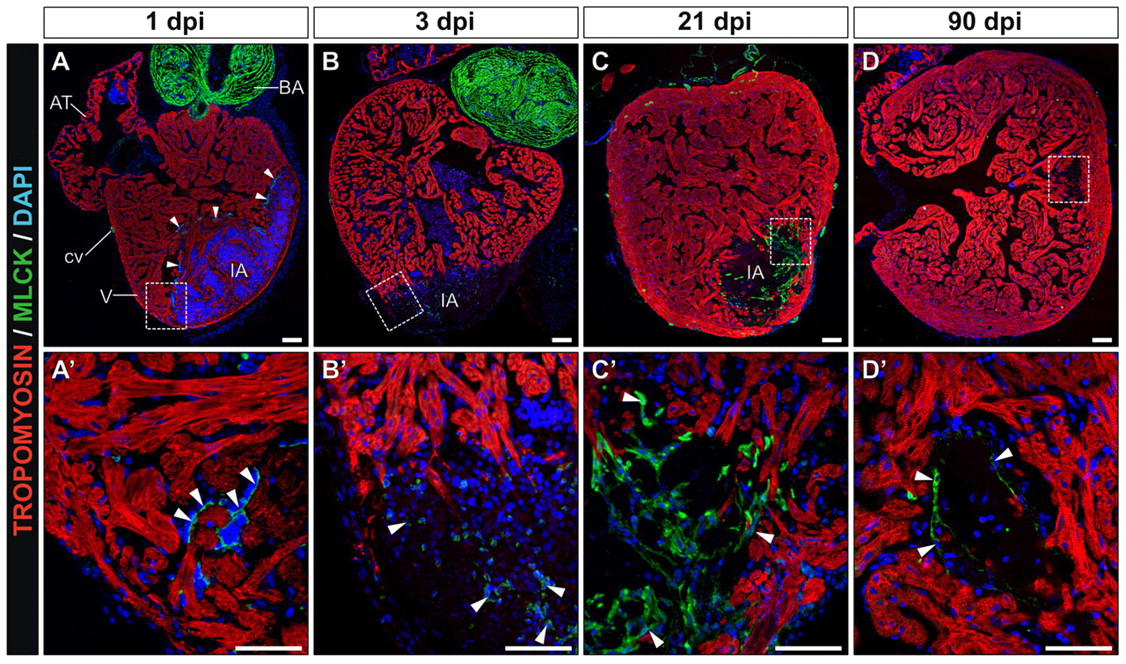A career as editor
Posted by Vivian Siegel, on 19 May 2011
I was a PhD student with Peter Walter, studying protein translocation across the endoplasmic reticulum. I did very well as a student, publishing six research papers during that time. After that, I was a postdoc with Christiane Nüsslein-Volhard and then with Yuh-Nung Jan, studying oogenesis and pattern formation in Drosophila. Throughout my training, people handed me their papers to read and asked me to attend their practice qualifying exams because I was always looking for the big picture, always needing to know why they were doing the experiments in the first place. Time and again, friends suggested I become an editor. I mostly laughed at them, in part because I wasn’t really sure what an editor did, and in part because there seemed to be so few jobs for editors that I never thought I’d get one. Anyway, I was good at the bench and I couldn’t imagine disappointing my father by not taking a job in academia.
In 1993-4, I went on the job market, looking at standard faculty positions. I received some offers, including one from Vanderbilt University, where I am now. But I was resisting accepting a position, and some friends – who were also on the job market at the time – sent me to a career counselor. The counselor’s husband was a bench scientist, so she had some sense of my career until that point, and asked me a very simple question, one that I had never asked myself: “If you didn’t have to worry about how much money you made, or what anyone else thought of you, what would you do?” What surprised me was that I knew the answer to that question: I’d be a student for the rest of my life.
When I said that, I realized that what I loved about being in science was knowing something today that no one knew yesterday, and that it didn’t matter so much if I learned it by my own hands, or over coffee with a friend. This calmed me down a lot about the idea of starting up a lab, as I had been worrying about going around claiming other people’s work as my own.
When I got back to the lab that afternoon, I went into our lunch room and opened an issue of Cell. Near the front cover, there was an ad for an editor, and they were looking for someone with expertise either in cell biology (my graduate training) or developmental biology (my postdoctoral training) – and I thought to myself that it seemed an awful lot like being a student, so I applied for the position. The short version of this story is that I got the job, and I was a full time professional editor for about a dozen years, including a few very exciting years as the Executive Director of Public Library of Science, before returning to academia to my current position at Vanderbilt University. I still spend most of my time as an editor, most notably as the Editor-in-Chief of Development’s newest sister, Disease Models & Mechanisms.
Being an editor is really very much like being a student. You encounter lots of interesting and new science every day in a broad range of fields. But, at least for those of us who decide which research papers to publish in high profile journals such as Cell, it is also about being able to judge science. As an editor, you will have to turn away most of the papers you receive, and explain your reasoning. I think that editorial decisions need to be timely, constructive, transparent, and fair – or at least as much as they can be, given the need to turn complicated issues and shades of gray into stochastic decisions, and the need to keep confidential information confidential.
Editors and journals can be important partners to science. Through editorial policy they can help scientists do the right thing, such as sharing information and reagents; and through publishing policies, such as leaving copyright with the author or providing free access to published work, they can contribute to accelerating science itself. Editors are both gatekeepers and guardians of our treasury of scientific information, and editors need to behave responsibly and ethically. Thankfully, the Committee on Publication Ethics, of which Company of Biologists is a member, helps editors know and do the right thing.
For any trainees interested in being an editor at a journal like Cell, I encourage that you participate in journal clubs. A lot of the work of an editor is to assume the best of all possible worlds – that the conclusions are justified by the data and the interpretations are reasonable – and then assess how important the conclusions are to and beyond the field. Journal clubs are great ways to practice this – but be careful not to miss the forest for the trees, and to get too focused on the weakest part of the paper, which may be tangential to the overall conclusions. Also, take the time to go to seminars and meetings and talk to scientists in other fields and at other institutions. A scientist too buried in his own experiments to pay attention to the exciting discoveries around him is unlikely to enjoy or succeed at an editorial career.
Oh, and when I told my father, he was delighted. You see, he’d wanted me to be a writer, and considered this an enlightened combination of my twinned loves of science and language. And he was right.


 (11 votes)
(11 votes)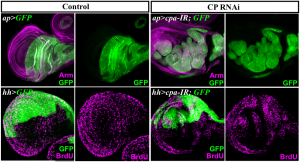




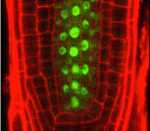
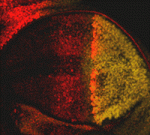
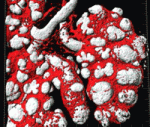
 (No Ratings Yet)
(No Ratings Yet)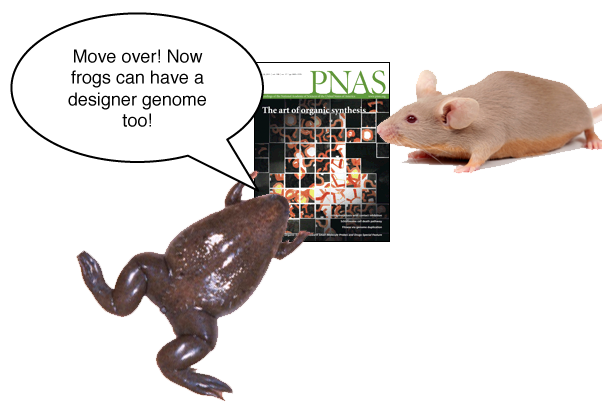

 (6 votes)
(6 votes)